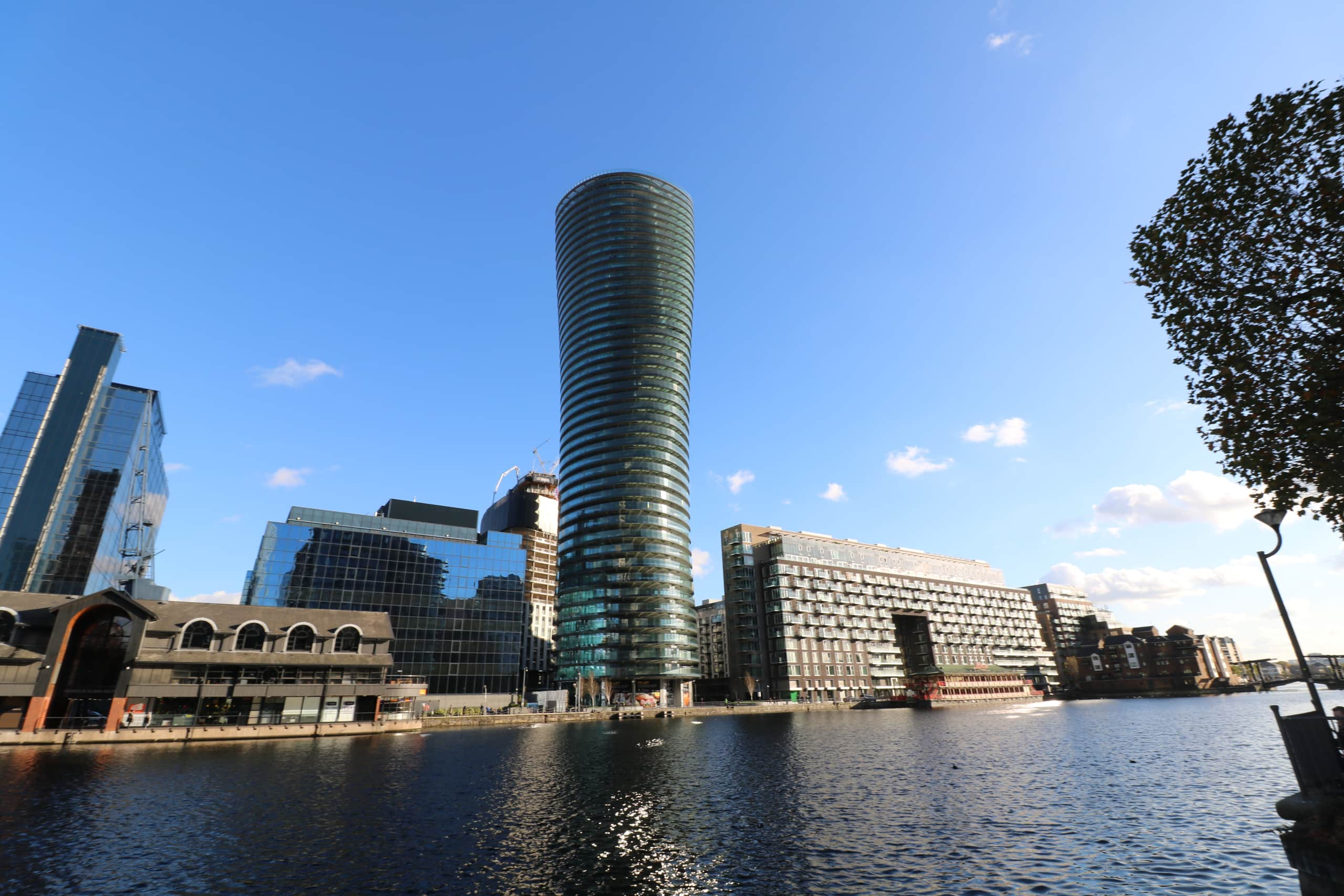Integrating Balconies into the Facade
In the years since the Grenfell disaster, more people in the industry are understanding the importance of consulting facade designers at an early stage. It is key to getting the facade aspect of the building design right in the first instance and keeping residents safe upon occupation. A holistic approach is so important to achieve a safe, secure and well thought-out building.
The relationship between the facade and the balcony
Usually, in Stage Three of the architectural design, façade consultants look at how a balcony sits in relation to the façade in terms of structural performance, thermal performance and fixing strategy. Typically, construction programmes have time constraints, hence, the more design development and coordination is undertaken earlier, the potential risk of any issues on site is lesser during the installation phase.
The key factors for designing balconies that best suit a façade are:
- Architectural intent: Recently, there has been a conscious shift towards using metal balustrades over glass for Building Regulation compliance. There is a danger, however, that all balconies can end up looking similar, so architects have a big role to play in communicating their aesthetic intent and create unique designs whilst still being in compliance with the regulations. How the design of a balcony relates to the rest of the façade drives everything else.
- Structural performance: the way a façade behaves with respect to the building as a whole and the way the balcony behaves in relation to the façade needs to be considered at an early stage. Since structural performance requirements are not the same for all buildings, a structural engineer’s input for the required structural performance and deflection limits is paramount earlier on in the design.
- Fire performance: It is quite critical that balcony interfaces are designed and installed so that all fire compartments between apartments are maintained for the required insulation and integrity. In the case of thermally broken balconies, it is imperative that the thermal break balcony connector is compliant with the Regulations and any penetration is suitably designed.
- Waterproofing: The waterproofing strategy at the balcony interface with the facade is very important to design earlier on. Typically, with multiple Contractors working on the same area, there is a potential risk of missing out the membranes at these interfaces if logistics, buildability and sequencing is not considered earlier on. Furthermore, effective integration of services and rainwater pipes need to be interfaced without disrupting their use or the aesthetics of the building.
- Decking: Under the current Building Regulations, the balcony is a specified attachment. Hence all materials in the balcony need to be non-combustible whilst meeting the architectural intent. There are new materials coming onto the market that are non-combustible, but they have to be tested and reviewed for long-term durability.
Design challenges
The challenge of mitigating most of these risks can be met by looking at the interface detailing early on, with properly co-ordinated details. Should this not happen, issues are only detected during installation or post construction and it’s often too late to integrate changes in an effective way.
An example of this is floor slabs, that can be cast early on but cannot be easily remedied should it be required. Designers need to consider the different types of slabs needed and any requirement for an upstand or downstand in a balcony interface. For example, a sliding door detail requires limited deflection and any thermal break connections required need to be taken into consideration, in addition to the fire performance required at this interface. These elements need to be better interfaced and designed earlier on to help meet all these parameters and to establish if an upstand/downstand is required for the same. If these parameters are not designed for, it is not possible to effectively achieve the performance on site.
Missed opportunities like this means loss of time and compromises which is not ideal. Remediation can be undertaken but it will be complicated due to working around the completed facade not to mention loss of time and cost. Engineers can assist architects to improve the quality and performance of the building by looking holistically at the overall design to bring all the elements together.
The developers and architects are appreciating the importance of the Façade Engineer’s role in the overall quality, useability and performance of a building much more. Although the industry is witnessing more requests for façade engineering consultancy, the input of façade consultants needs to become mainstream with more collaboration in earlier stages. Engineers can assist architects by looking holistically at the design of the overall building and bring all the elements together within the façade.
This article is based on an interview with Nadha Dawood, Director at Wintech.
Nadha completed an MSc in Facade engineering in 2007 and has over 14 years’ experience in the construction industry. She is a Chartered Engineer and a Fellow of the Chartered Institution of Building Services Engineers (CIBSE), Society of Facade Engineering (SFE) and a Member of the Chartered Institute of Arbitrators (CIArb). She is also a chartered mediator with CIArb and has undertaken extensive training with the Expert Witness Institute.
